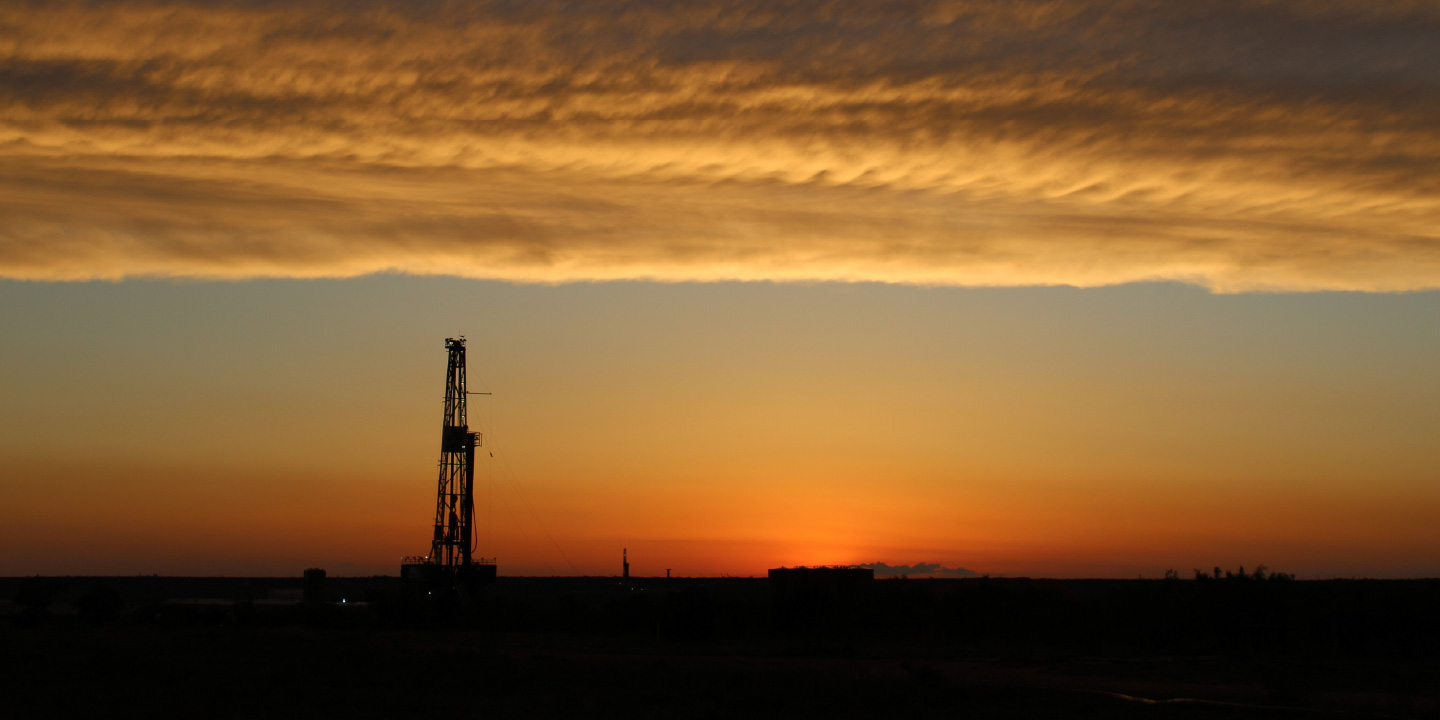Key Summary
- Lakes Blue Energy (ASX: LKO) targets the Wombat Gas Field in Victoria’s Gippsland Basin, aiming to help ease predicted east-coast gas shortfalls.
- Successfully raised A$6.5 million underwritten by Morgans to fund drilling of the Wombat‑5 well.
- Wombat‑5 drilling uses a 15-stage swellable packer completion, a first in Australia, aiming for commercial flow of ~10 terajoules/day.
- Strong strategic backing includes Gina Rinehart’s Hancock Prospecting (4.63%) and DGR Global’s Nick Mather.
- Potential to supply up to 10% of Victoria’s gas demand, with scalability across other projects.
Background & Leadership
Tim O’Brien knows the lonely, lush paddocks of Victoria’s Gippsland Basin even better than some of the locals.
For more than two decades he has been the quiet constant at Lakes Blue Energy, the Melbourne resources firm formerly known as Lakes Oil, which he joined in August 2003 as a petroleum geologist fresh out of Monash University.
As the firm’s chief operating officer and along with the board, he has been navigating the shifting sands of geology, politics, and regulation in his determined pursuit of a single belief: that the Wombat gas field near the tiny town of Seaspray holds the key to helping solve Victoria’s gas supply crisis.
"My master's project was over an area that Lakes Oil had the permits over. One thing led to another, and here I am,” he says. ”Wombat was the first serious well that Lakes Oil drilled while I was with them and then we obviously made the discovery. I was out there, enjoying the flares and the learning experience. We were thinking we were off on our way."
Early Challenges
Then, the momentum came to an abrupt halt. In late 2004 Wombat-3 flowed at an estimated three million cubic feet of gas per day, which would have been a commercial rate, before the well collapsed due to a single casing miscalculation but it showed what the formation can produce.
In 2012 came the Victorian moratorium on onshore gas exploration, compounded by a subsequent 2017 fracking ban. It meant O’Brien’s rigs stayed parked. Years of frustration passed.
Legislative Support & Market Context
Now, in 2025, the culmination of his efforts may finally be within reach.
Last year the Victorian Labor government introduced legislation to support offshore gas storage, saying it would provide certainty to the gas industry as well as companies undertaking exploration activities.
The Wombat Gas Field is now one of the very few onshore, conventional gas plays in Victoria, offering the rare trifecta of proximity to infrastructure, high gas quality, and low-cost extraction.
With Australia’s east coast forecast to face significant gas shortfalls as early as 2026, Wombat is back in focus, and Lakes Blue Energy is making its move.
Capital Raising & Relaunch
Backed by a successful $6.5 million capital raising underwritten by Morgans, Lakes plans to not only fund Wombat-5, but also return to the ASX boards after a decade in limbo going in and out of suspension as the companies’ finances and shareholders were strained.
“We are a public company. We have 12,000 shareholders and have been in contact with the ASX for some time. We are of the view that we were always going to be relisted at some point,” says Lakes Blue Energy chief executive Richard Ash, who took over from long-serving CEO Roland Sleeman in December. Previously Ash was chairman.
But he stresses that the order of operations matters: Get drilling approval first, then relist, offering the best path for investors.
Strategic Investors
Among those shareholders are some of the biggest names in Australian resources. One is Gina Rinehart, via her Hancock Prospecting subsidiary Timeview Enterprises, which holds a 4.63% stake in Lakes Blue Energy. DGR Global’s Nick Mather, the man behind Arrow Energy, Bow Energy, and more than $5.7 billion worth of resource sector exits, is also a substantial investor and on the board.
“So this fundraising is critical in the sense that it will not only fund the development of Wombat, which is where the majority of the money is going, but the balance of those funds are going to help us with the Nangwarry CO2 well in South Australia, and developing that into a production resource which will produce several million dollars worth of cash flow a year,” Ash says.
“As well as doing some other works at our projects in Portland and Papua New Guinea to not only keep those licenses valid, but to prepare for the inevitable drilling and development.
ESG & Energy Context
Ash, a chartered accountant with decades of experience across Europe and the Asia-Pacific, has a keen interest in ESG and decarbonisation. But he is also a pragmatist.
“It is well documented that additional energy is needed on the east coast of Australia. Gas is seen as the natural filler for that gap. Whether you see it as a transition fuel or a long-term solution, the demand is real,” he says.
“We know there is gas at Wombat. We’ve drilled four wells. This fifth well, Wombat-5, it’s about proving commercial flow. If that happens, and we believe it will, then we are talking about supplying 10% of Victoria’s gas. With other opportunities, we could be supplying 10% of Australia’s gas.”
For investors interested in capitalising on emerging opportunities in Victoria’s gas market and following the developments at Wombat-5, contact a Morgans Adviser to discuss whether this exploration play aligns with your portfolio strategy and risk profile.
FAQs
What is Lakes Blue Energy (ASX: LKO)?
Lakes Blue Energy is a Melbourne-based exploration company focused on conventional onshore gas in Victoria and other regions.
Why is the Wombat Gas Field significant?
The Wombat Gas Field is one of the few onshore gas plays in Victoria with proximity to infrastructure, high gas quality, and potentially low-cost extraction.
How is Lakes Blue Energy funding the Wombat-5 well?
The company raised A$6.5 million underwritten by Morgans to fund drilling of Wombat‑5 and support working capital.
What is the production potential of Wombat‑5?
If commercial flow is achieved, Lakes projects an initial rate of around 10 terajoules per day, with annual production potential of 20 petajoules.
Who are the major shareholders of Lakes Blue Energy?
Key backers include Hancock Prospecting (4.63% via Gina Rinehart) and DGR Global’s Nick Mather.

.png)









